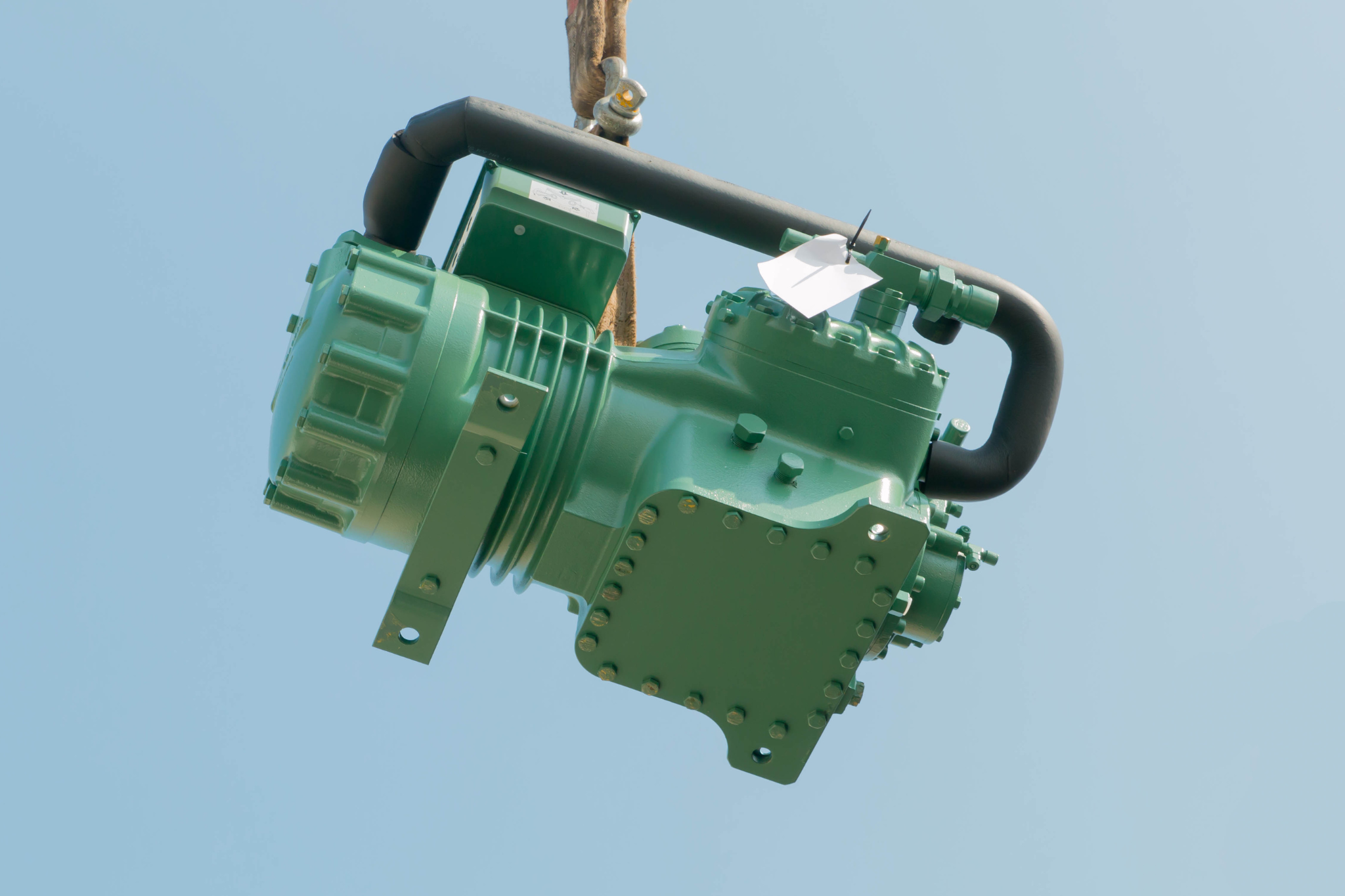
26 Jun THE CRITICAL ROLE OF SUPERHEAT IN INDUSTRIAL REFRIGERATION EFFICIENCY AND RELIABILITY
What do we mean by superheat?
This parameter—also known as superheat—represents the difference between:
- The temperature of the refrigerant vapour in the suction line (measured where the sensing bulb is installed), and
- The saturation temperature corresponding to the evaporation pressure at that point.
Typically, values between 5 and 8 K are used, which are sufficient to ensure optimal performance in most industrial systems.
Why is it so important?
Because it ensures the refrigerant reaches the compressor entirely in gaseous form.
When this vapour still contains liquid traces, the risks are significant:
- Loss of lubrication due to oil dilution
- Internal damage to bearings and moving components
- Mechanical failures from unforeseen stress
In fact, in many failures involving scroll or semi-hermetic compressors, liquid return has been identified as the root cause.
How is it properly regulated?
Through precise calibration of the thermostatic expansion valve, which adjusts liquid injection into the evaporator based on the pressure and temperature detected by the bulb.
Incorrect adjustment can be just as harmful as the absence of control:
- If superheat is too low, there is a risk of liquid return
- If it is too high, efficiency drops and evaporators are poorly fed
What makes Bernad® different?
At Bernad®, we do not work with theoretical values.
We configure each system individually, taking into account key variables such as:
- The type and geometry of the evaporator
- The actual thermal operating conditions
- The load behaviour of the production process
Moreover, in installations with high thermal variability or demanding precision requirements, we employ electronic valves capable of regulating superheat in real time with exceptional sensitivity.
In summary
Superheat is not a minor adjustment—it is a structural element in the design and durability of any refrigeration system. And at Bernad®, we address it with the same precision we apply to every critical component.
Because we know that a well-protected compressor not only lasts longer—it performs better.


